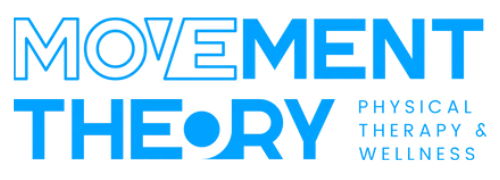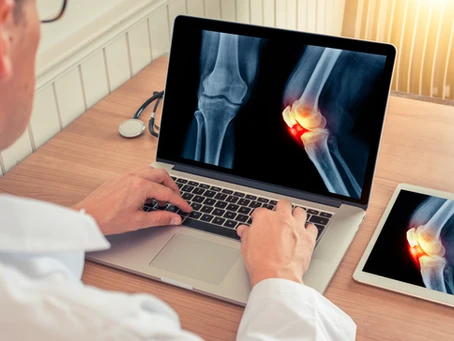BINGO! This is the question we really need to be asking ourselves.
What is pain?
– There’s no real definition, but it’s becoming seen more as an experience that is multi-factorial, as opposed to “step on nail” feel discomfort. The latter tends to be more true with acute pain and instances of trauma, but how we experience things matters a lot. And when you talk about chronic pain, things get even more unclear. Why do patients respond completely differently to the the same surgery, rehab program and even word usage when describing things? It’s because we are all different; the sum of our past experiences are what create us. It only stands to reason that what we think, and what we’ve experienced could influence how we respond to a given circumstance; fight or flight, some get nervous with groups, others do not.
The National Institutes of Health says that:
“Chronic pain is pain that lasts more than several months (variously defined as 3 to 6 months, but longer than “normal healing”). It’s a very common problem. Results from the 2012 National Health Interview Survey show that:
-
About 25.3 million U.S. adults (11.2 percent) had pain every day for the previous 3 months.
-
Nearly 40 million adults (17.6 percent) had severe pain.
-
Individuals with severe pain had worse health, used more health care, and had more disability than those with less severe pain.”
That’s a lot of missed work, disability, and people suffering from daily pain (and I can only assume that current numbers are higher). How do we change that though? We can start with understanding that while pain is very real, it doesn’t mean that any tissue damage is happening. I’ve also never met or heard of anyone that’s actually “bent the wrong way and became paralyzed.” There’s been a lot of fear-mongering movements and exertion in general for decades. You may be surprised to know that after most operations, and even heart attacks, you’re up and moving shortly after. Whether it’s mobilizations from a therapist, device, or your MD/DO it’s happening.
I like to think about a few instances that really help distinguish pain from a peripheral input style of mediation; paper cuts and phantom pain, where there is pain and sensation experienced with the limb(s) being absent. This should at least tell you that the possibility is there for pain and perception to be generated centrally (think brain). Pain is complex and we know next to nothing about it. What we do know will continually change, but you’ll always be strong and resilient, meant for movement.
YOU’RE STRONG AND PICTURES DON’T PREDICT FUTURE SYMPTOMS
If you’re really interested in what pain is and want to learn more, there’s a few resources that are free and I recommend.
In no particular order:
Teaching People About Pain Video: Adriaan Louw | MedBridge – YouTube



